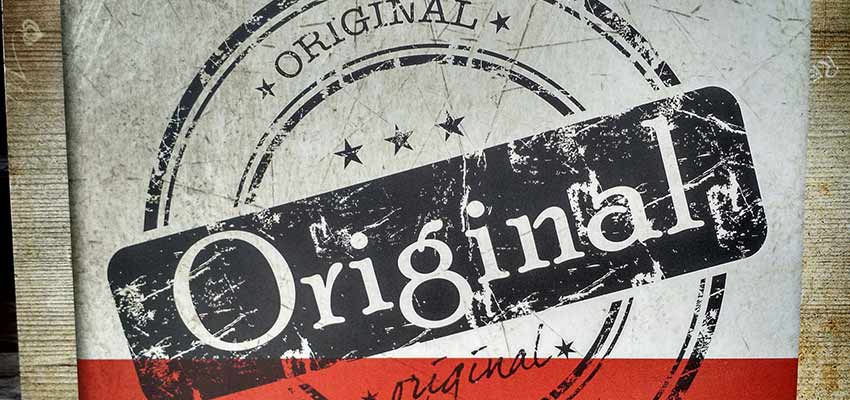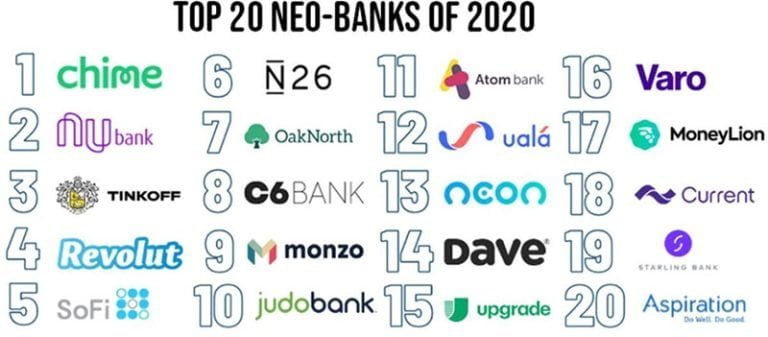A common thread amongst designers is the desire to create something original. But it’s easy to fall into the trap of thinking that everything you do needs to break some kind of mold. From there, you might feel a bit of disappointment when you don’t quite hit the mark.
It can even give you a case of good old “imposter” syndrome. The idea being that, if you aren’t completely original in every way, maybe you’re not really much of a designer. Don’t fall for it.
Here’s the thing: Originality can have multiple meanings. You don’t necessarily have to do something that’s never been done before to consider it an original. Besides, just because a design is original doesn’t mean it’s any good. It’s a much more nuanced subject.
A Different Kind of Original
Table of Contents
An original design, in its most basic form, is something you’ve created and put together yourself. Sure, you might have used a stock photo or an icon set. But the bulk of the design and layout was of your doing. Even if you implemented Bootstrap or another similar framework, you still had to make decisions regarding how things should look and work.
While the result probably won’t make the world of design drop its collective jaw, that’s okay. Practically speaking, that’s not really what being a web designer is all about.
What really matters is building a site that looks attractive, is functional and accessible to as many people and devices as possible. If you’ve managed to achieve that while implementing your own personal touches along the way – then well done!
It’s incredibly difficult to create something that both breaks new ground and offers up the usability features mentioned above. While we all want to be the next Elon Musk or Steve Jobs, those kinds of minds are few and far between.

Who Has the Time?
One of the biggest challenges designers face is doing great work in a very small window of time. Unfortunately, time and budget restrictions can severely limit what we can do with any given project. That’s no excuse for doing poor work, just the reality of working for a living.
So, how do you manage to both be original and stay within a project’s constraints? It may be a bit easier than you think.
It’s essentially a two-fold process. First, you’ll need to figure out where originality is most needed. There are certain elements that are going to be fairly standard on most websites. Take navigation, for example. While there are certainly different approaches you can take in terms of look or functionality, the goal is still ease of use. When it comes to originality, you needn’t spend as much of your time here when the tried-and-true makes more sense.
The idea is to place the focus on areas where you really want to stand out from the crowd. Things like hero images, logos, typography and even color schemes can help you get your message across in a unique way.
It’s also worth looking at where original touches are most easily implemented. A search field may not need to be a work of art, but a tiny bit of CSS can certainly make it more interesting. These little details can be implemented rather quickly and are often what makes a website look fully-customized. A few extra minutes of time picking this low-hanging fruit can really pay off.

Be Inspired Without Going Overboard
Web design is an industry that really places value on inspiration. We’re always looking for new examples to help get our creative juices flowing. And there is no shortage of curated design collections to choose from.
But sometimes, when working with clients, you may be asked to build a website that looks and/or functions like someone else’s. That can lead to some mixed feelings. On one hand, you want to please your client. But you also want to avoid taking someone’s ideas.
It’s somewhat amusing that we can often treat the two situations above quite differently. We deliberately look for inspiration on our own but might fret when someone asks us to use an existing site as a model.
We should remember, however, that inspiration isn’t the same thing as stealing. It’s very possible to be inspired by the style or placement of a particular design element without ripping it off.
For instance, many clients have provided me with examples of designs and layouts they really like – and I encourage them to do so. While I study those other sites carefully, the final product I deliver tends to be very loosely based on them. I may implement an idea or two, but with my own original spin.
Inspiration should be a welcome part of the creative process – regardless of where it comes from. As long as it’s practiced responsibly, it can serve as a terrific catalyst to help you evolve as a designer.

You’re Already an Original
The bottom line is that we needn’t worry so much about being a true original when it comes to design because we all have something unique to offer. Whether or not we break new ground shouldn’t be how we measure ourselves. Instead, it’s about creating something that achieves the desired goals. That, more than anything else, will help you succeed in this field.
This post may contain affiliate links. See our disclosure about affiliate links here.





